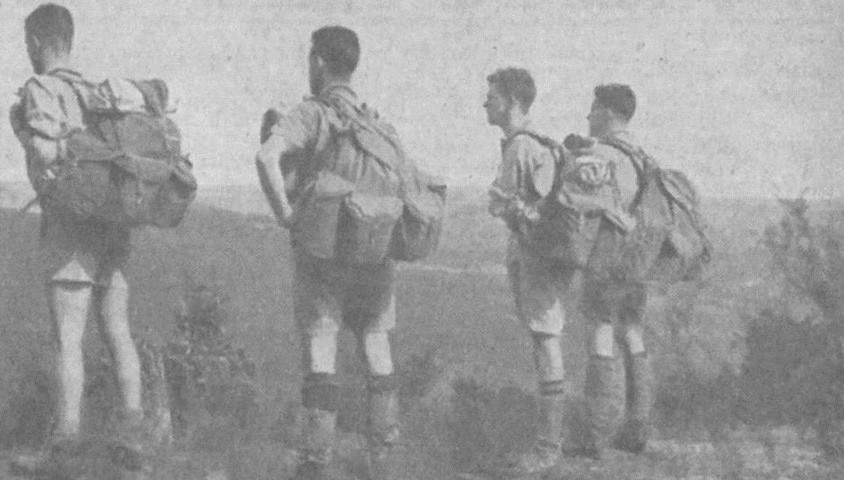 The Ways of the Bushwalker: On foot in Australia
The Ways of the Bushwalker: On foot in Australia
by Melissa Harper (University of New South Wales, $32.95)
From gentleman walkers to the mystery hiking mania of the 30s as well as how bushwalkers contributed to conservation, Melissa Harper gives an insight into the origins of bushwalking in Australia and how it is unique because of this.
The Ways of the Bushwalker: On foot in Australia, by Melissa Harper (University of New South Wales Press Ltd, 2007).
This book is based on the PhD thesis of the author and as such there are numerous quotes and references, which can, at times be, distracting. However, this detail is necessary, especially in the early chapters which explore how early colonialists and settlers began to walk for leisure (in comparison to early explorers) in the Australian bush.
It may come as a surprise to some that early in Australian European history people were regularly walking long distances (e.g. Melbourne to Sydney) for recreation. Often alone and unassisted. But when we place this in the context of how much more widely settled the country was (e.g. gold rush times), then we can begin to understand how early walkers could have stayed in settlements/farms along the way and indeed be guided by the people who lived in the bush.
Female hikers were not common (or perhaps not documented) in the early history of bushwalking, maybe because many wore long skirts that impeded their progress. Of notable exception was Guide Alice of Mt Buffalo in the early 1900s, who was well known for her pant-suit and was a mountain guide, naturalist, photographer. From this period onwards, more and more females chose to ‘defy convention and forsake male guidance’.
The book picks up pace around half way, with chapters on the hiking “crazes” of the 30s where the railways organised “mystery hikes” with participants turning up in the thousands to be taken by train to an unknown destination. It was after this fad had ended that the more serious bushwalker came to the fore, who carefully considered whom to walk with, what to take and how to carry it.
The term bushwalker is explored, beyond the purely semantic. No one person can be attributed to coining the phrase, rather it is likely that many clubs and individuals led to the use of the word in an attempt to be purely Australian. The rise of now prominent figures of Myles Dunphy and Paddy Pallin is chronicled and given context in the development of bushwalking. The reader learns how modern bushwalking equipment evolved (starting with knapsacks and rucksack modelled on the swagman).
Melissa Harper captures the reader’s attention with the sections on how bushwalkers took simple recreation a step further and became conservationists, map makers and lobbied for national parks to be created. The debate about whether maps and guidebooks were killing the wilderness experience is explored well (with reference to articles and letter published in past issues of Wild), and this will no doubt continue to be a topic of contention.
What of the future? The book ends with sections on how safety in the bush has evolved, how to manage walker impact and how bushwalking gear has changed rapidly in the last 30 years.


